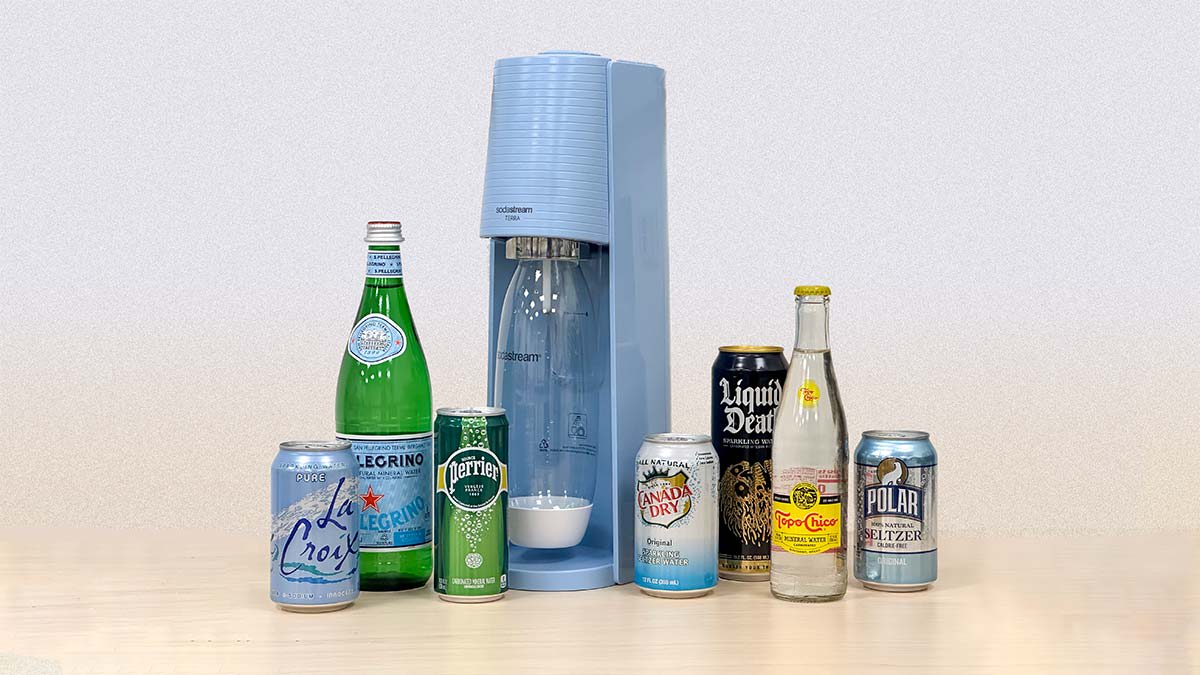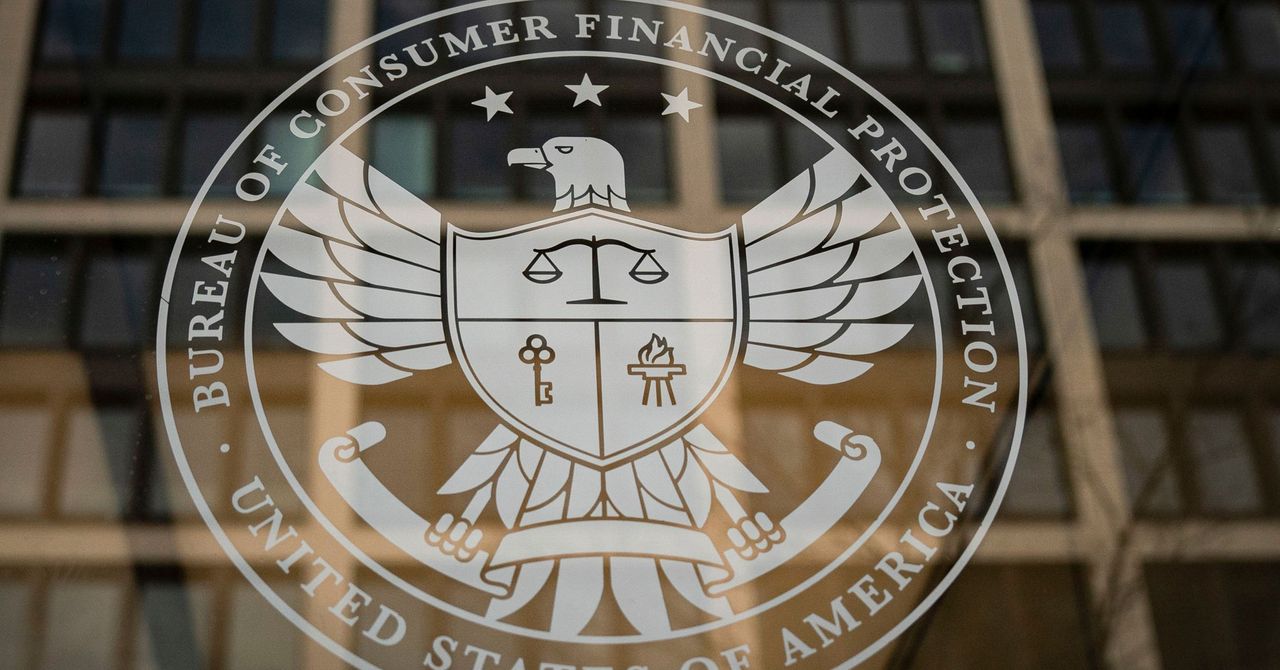
If you’re replacing your Mountain Dew habit with a can of plain La Croix, please keep doing so. Mountain Dew has sugar and calories (a lot of them); La Croix has none. It is, as the packaging proclaims, “Innocent!” Or almost, anyway.
When carbon dioxide is added to water, it also adds some acidity. In one 2007 study, researchers found that soaking teeth in flavored sparkling water for half an hour began to erode them. Assuming you’re not soaking your dentures in Pamplemousse La Croix regularly, this is unlikely to happen to you to the same degree. The closer to plain water, the better for your teeth (that regular Mountain Dew is likely to be worse). Still, after a long time of drinking seltzer, you could see some impact.
“Drinking small amounts of unsweetened carbonated water is not harmful to your teeth,” says Lior Tamir, DDS, a dentist in San Mateo, Calif. “Drinking large amounts regularly, especially if sweetened, can create significant wear on the teeth.” Some folks should be particularly careful, too, he says: “Tooth erosion can reduce the life span of dental restorations such as veneers or ceramic restorations as erosion around the margin can create space where debris can build up and cause cavities.” Yikes.
Drinking seltzer with food whenever possible can help, and don’t swish it.
Moving on past the mouth: What about the digestive system? It’s a mixed bag. Seltzer can improve digestion and constipation, but it can also cause bloating and gas. Folks with irritable bowel syndrome or acid reflux, or who are prone to gas, may want to lay off the sparkling water.
An article jointly written by registered dieticians Lori Welstead and Courtney Schuchmann in UChicago Medicine says to consider the sodium when picking a seltzer. Indeed, a couple of our evaluated picks, such as S. Pellegrino, have small amounts of sodium that can add up if you’re really chugging it, or if you’re already subject to limitations on your dietary intake.
That said, Amy Keating, a dietitian at Consumer Reports, says unflavored seltzer still makes a good alternative for people who don’t like plain water. “I wouldn’t worry so much about sodium as the daily limit is 2,300 mg, so it would take a lot of mineral water to really add up to a significant amount,” she says. Keating adds that “140 mg is considered ‘low sodium’ for a single food, so that would be about nine to ten 12-ounce bottles or cans a day.” If you’re still concerned, check the nutrition facts of your favorite seltzer before clicking “purchase” on your haul.
And a final note: In 2020, Consumer Reports found that many bottled and canned water products, including La Croix, Topo Chico, Polar, Canada Dry, and Perrier, contain PFAS. PFAS, or per- and polyfluoroalkyl substances, are so-called forever chemicals that have been linked to numerous health issues, such as immune system suppression and increased risk of certain cancers. In 2021, Topo Chico reformulated its sparkling water and lowered the amount of PFAS in its product. You can read more about that here. The Environmental Protection Agency also recently established new limits for PFAS in drinking water that’s sourced from utility companies—combined with an effective water filter, it should help limit exposure for those using products like the SodaStream.









